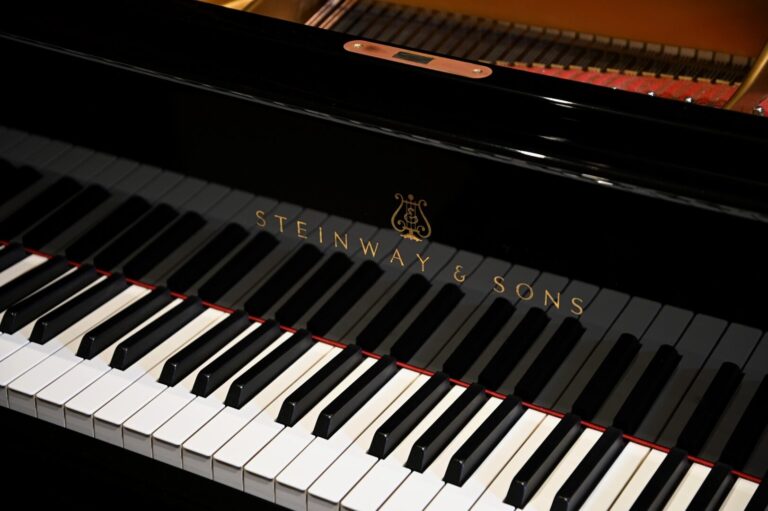Restoring a Steinway piano takes skill and attention to detail. Known for their rich sound and elegant design, these grand pianos can be brought back to life. A professional Steinway piano restoration benefits both professional and amateur pianists by preserving the piano’s original brilliance and playability.

Steinway Piano Restoration Process
Restoring a Steinway isn’t just about fixing broken parts—it’s about carefully rebuilding the instrument to its original condition. Experienced piano repair and restoration specialists follow a detailed process to ensure the piano looks, feels, and sounds as good as new.
Below are the key steps involved in a professional piano restoration. A restored Steinway piano not only prolongs the instrument’s life but also improves its aesthetic appeal and adds significant value, making it a worthwhile investment.
The first step in any Steinway restoration is a deep dive into the piano’s current condition. Technicians inspect every part to see what’s worn out or damaged.
Hammers and Strings: Over time, hammers harden and lose their ability to produce a clean tone. Strings can also weaken and lose their tension. Replacing them with high-quality Steinway parts helps restore the piano’s clear, balanced sound.
Soundboard: The soundboard is the heart of the piano’s tone. If it’s cracked or warped, it can be repaired—but sometimes, a full replacement is needed to restore the piano’s signature rich sound.
Pinblock and Action: The pinblock holds the tuning pins in place. If it’s worn out, the piano won’t hold its tune. The action—the mechanism that transfers the movement of the keys to the hammers—also needs to be adjusted or rebuilt to restore a smooth, responsive touch.
A Steinway’s exterior is just as impressive as its sound, but years of wear can dull its shine. Refinishing brings back its original beauty.
Sanding and Staining: The old finish is carefully stripped away, and the wood is sanded down and stained to match the piano’s original color.
Polishing: Steinway is known for its deep, hand-rubbed finishes. Restorers use specialized techniques to give the piano a smooth, high-gloss finish that looks brand new.
Logo and Hardware: The iconic Steinway logo and the hardware, including the pedals and hinges, are cleaned or replaced to make sure they look as refined as the rest of the piano.
Once the repairs are complete, the piano needs to sound like a Steinway again.
Tuning: New strings need to be stretched and tuned carefully to bring the piano back to concert pitch.
Voicing: Voicing adjusts the tone of the piano by shaping and softening the hammers, ensuring a consistent and balanced sound.
Regulation: The action is adjusted to make sure the keys respond evenly and smoothly, preserving Steinway’s signature touch. This step is crucial for professional pianists who rely on a responsive touch and balanced tone.
Conclusion
Restoring a Steinway piano takes time and expertise, but the results are worth it. A professionally restored Steinway looks stunning and delivers the rich, balanced sound that has made these pianos legendary. Whether it’s for personal enjoyment or professional performance, a restored Steinway is a valuable instrument that can be enjoyed for generations. If you’re looking for a trusted team to bring your Steinway back to life, contact Bradfield Piano today to learn more!
BRADFIELD PIANO
Final Thoughts
WE OFFER THE FOLLOWING
SERVICES






